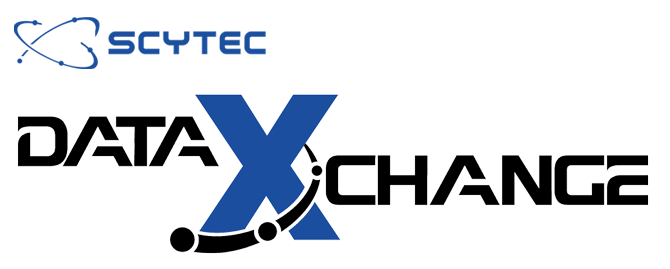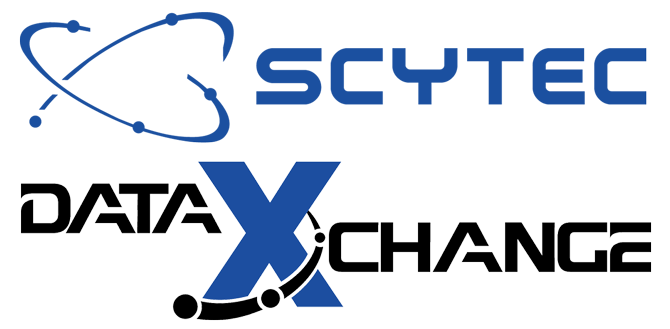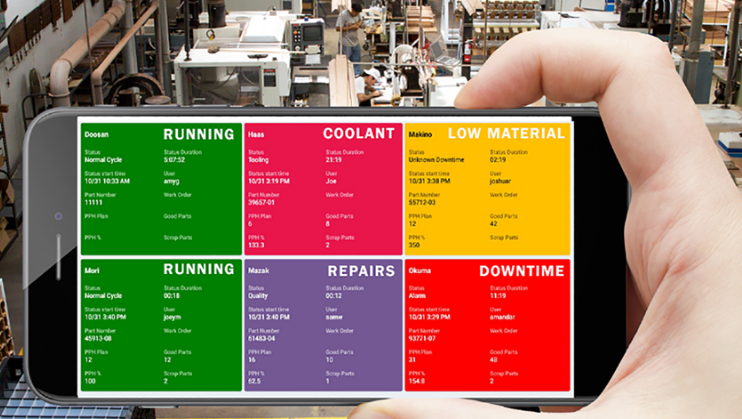3 Principles for Growing with Machine Monitoring Data
Following a few basic principles can help shops get a return on their machine monitoring systems without losing faith first.
Machine monitoring technology can be easy to justify, but shops can lose faith when data-driven efficiencies never materialize. Josh Davids, CEO of monitoring system developer Scytec, says many of these shops move too fast and expect too much too soon. “When you’re blind to everything, the knee jerk-reaction is to want all the data, but it can become overwhelming,” he explains. “People stop believing in the data, and the system becomes worthless.”
Instead, he says CNC machining businesses should “grow with their data.” That is, they should adopt a deliberately incremental approach, expanding their monitoring and analysis capabilities as they expand their understanding of what data to collect and what do with it. Based on a recent conversation with Mr. Davids, shops hoping to grow with their data should keep the following principles in mind:
Words Matter with Smart Factory Technology
One important initial step is simply defining terms. For example, saying a machine is “in cycle” can mean different things in different contexts. For accounting purposes, all that matters is how long it takes to make a part. On the shop floor, however, considering the machine to be in cycle during a slight interruption like a tool change could mask improvement opportunities by making it difficult to evaluate the effects of any change in the process. There are also differences from shop to shop. For instance, counting tool changes as downtime might make more sense for a high-mix, low-volume shop than a high-production operation.
Depending on a shop’s goals, using the wrong definitions can reduce the value of deeper data analytics. Consider overall equipment effectiveness (OEE), a metric that is widely considered one of the most valuable indicators of both machine and shop-wide performance. One of the three percentages that are multiplied together to calculate OEE is the amount of time a machine spends running at full capacity and capability. Whether tool changes factor into runtimes can affect not only the final OEE percentage, but also trust in the data. “If no one is on the same page about what downtime means, OEE is meaningless,” Mr. Davids says.
Some Fruit Hangs Low with Kaizen Improvement
With a common framework of definitions and goals, shops can grow in their data use by taking advantage of simple value-adds like using their machine monitoring system as a communication tool. These systems should eliminate discussions about, say, who was responsible for a part’s delay in transit from machine tool to CMM. Personnel at both stations should be checking off their portions of the job in a shopfloor interface. Such capability may be basic. However, making it work requires keeping everyone on the same page about what is being collected as well as making this sort of communication part of the daily routine, which can be a matter of culture.
Another initial recommendation is to focus on the yellow — that is, the graph color that typically indicates when a machine is neither in cycle (green) nor in need of attention (red). Efforts to eliminate the yellow always result in more green. Returning to the previous example, considering tool changes as “yellow” time facilitates the kinds of experiments necessary to optimize the process. When process managers are satisfied, tool changes might return to the green zone. From there, shopfloor personnel could direct their attention to what remains of the yellow bands in machine utilization graphs.
Technology Isn’t A Growth Barrier
Once a shop is ready to push machine monitoring capability beyond easy value-adds, decisionmakers may find themselves discussing new and unfamiliar developments. However, things might not be as complicated as they seem.
Consider edge computing. Edge computing refers to analyzing data at the point where it is collected (“on the edge”). Such capability might be useful if, say, a shop wants to monitor M0 stop codes, but defense regulations prevent sending G code for sensitive parts to the cloud. In other cases, a shop might want its monitoring system to interface with enterprise resource planning software or other systems hosted locally.
Making this happen is not difficult, Mr. Davids says. Edge computing essentially means “on one’s own computer,” and modern PCs are more than capable of handling any number crunching a machine shop may require of an otherwise cloud-based monitoring system. The primary challenges of leveraging edge computing to grow with one’s data are still largely about the basics: that is, interpreting the data, responding accordingly, and, perhaps most importantly, allowing sufficient time to evaluate results.
"3 Principles for Growing with Machine Monitoring Data"


